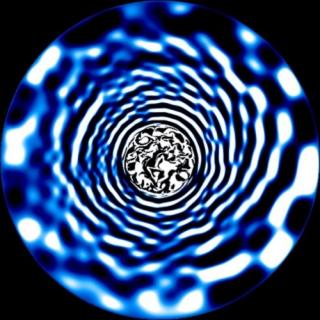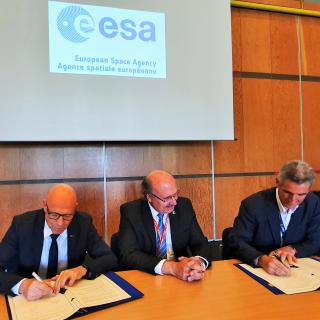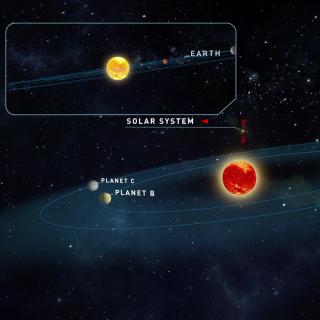
An international team led by the University of Göttingen (Germany) with participation by researchers from the Instituto de Astrofísica de Canarias (IAC) have discovered, using the CARMENES high resolution spectrograph at the Calar Alto Observatory (Almería) two new planets like the Earth around one of the closest stars within our Galactic neighbourhood.
Advertised on
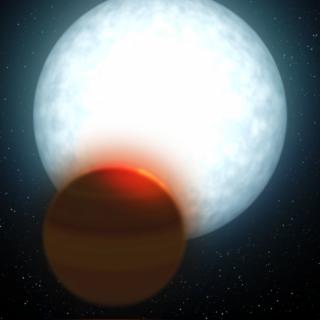
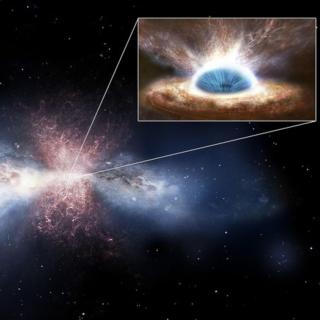
![The ultra-diffuse galaxy KKS2000]04 (NGC1052-DF2). The ultra-diffuse galaxy KKS2000]04 (NGC1052-DF2).](/sites/default/files/styles/crop_square_2_2_to_320px/public/images/news/nt030619.jpg?h=bc8a2161&itok=5XOM-hsd)
